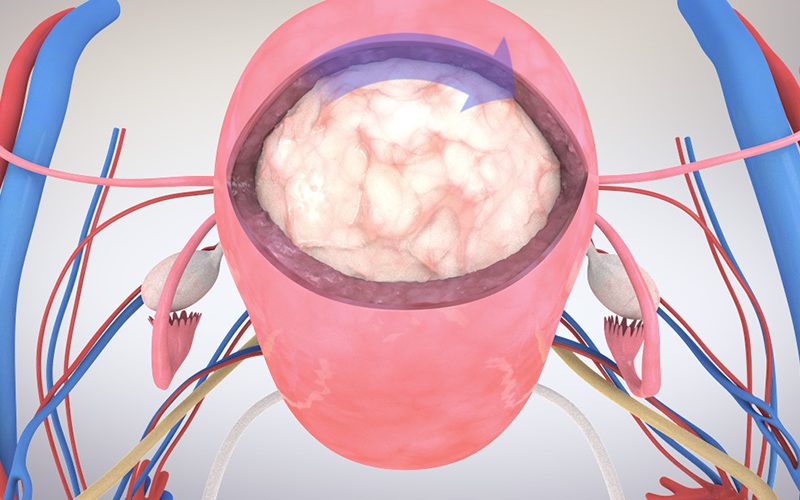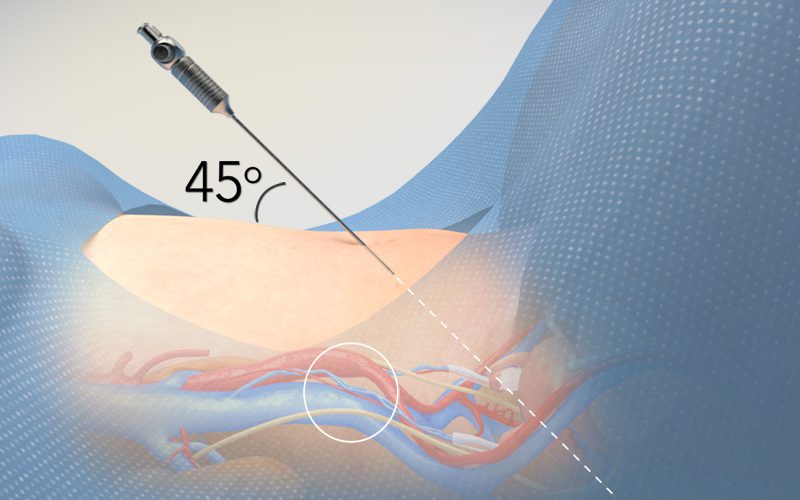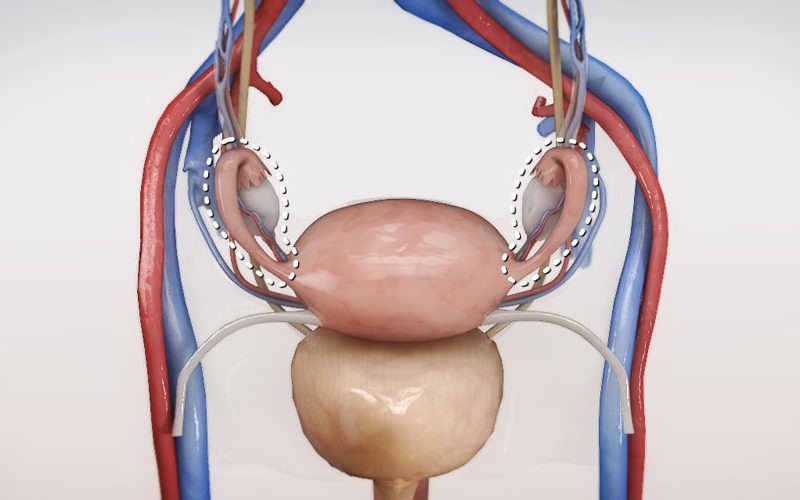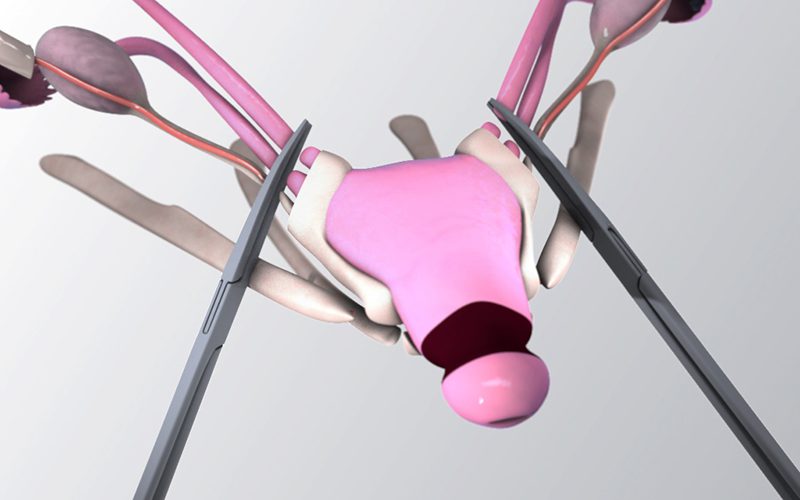Basics of Hysteroscopy
00:12 Introduction
01:25 Components of Hysteroscopes
03:36 Assembly and Insertion of Hysteroscopes
04:45 Types of Distension Media
05:51 Management of Distension Media
07:27 Options for Fluid Delivery and Management
Case description
- This video covers the basic concepts in hysteroscopy, covering topics including the components of a hysteroscope, difference in distension media used, as well as management of fluid delivery during hysteroscopy.
- The hysteroscope consists of the following components:
- Endoscope
- Outer sheath
- Light source
- Inflow/outflow
- The different components are assembled in a set way before scope insertion.
- The distention media used for visualization can be gaseous, or conductive/non-conductive fluids.
- Each type of distention media may be suited for diagnostic or operative procedures using a variety of instruments.
- Fluid management systems must be in place to monitor the fluid absorption during hysteroscopy to prevent fluid overload. These systems can be manual or automated.
- While there are potential complications that arise from hysteroscopy, it remains an essential tool for gynecologists in their practice.
Comparison between operative hysteroscopies
| Types of Hysteroscopy | Advantages | Disadvantages |
|---|---|---|
| Monopolar | 1. Readily available 2. Lower cost |
1. Increased risk of fluid overload at smaller absorbed volumes 2. Increased risk of hyponatremia with hypotonic solutions 3. Increased risk of intrauterine adhesions 4. Patient burns in the case of an unintended electrosurgical discharge 5. Possible thermal organ injury in the case of uterine perforation 6. Prolonged operating times |
| Bipolar | 1. Larger volumes of conductive fluid absorption tolerated 2. Limited spread of electrical current 3. Requires less voltage 4. Less depth of injury 5. Minimizes intrauterine synechiae 6. Transferable skill set from monopolar technology |
1. Possible thermal organ injury in the case of uterine perforation 2. Increased costs compared to monopolar electrosurgery 3. Preference of utilizing warmed distension media |
| Tissue Removal Systems | 1. Safe in any population due to lack of electrosurgical energy 2. Larger volumes of conductive fluid absorption tolerated 3. Shorter learning curve 4. Shorter procedure times 5. Higher probability of case completion 6. Enhanced visualization when a tissue aspirator is used 7. Specimen preservation due to lack of use of electrosurgery 8. Less cervical dilation and associated pain 9. May facilitate cases to be performed in an ambulatory setting |
1. Increased equipment-related costs. 2. Lack of electrosurgery in controlling bleeding |





Thank you. The videos are very informative
Excellent teaching, thank you
Very informative video
Thank you very much